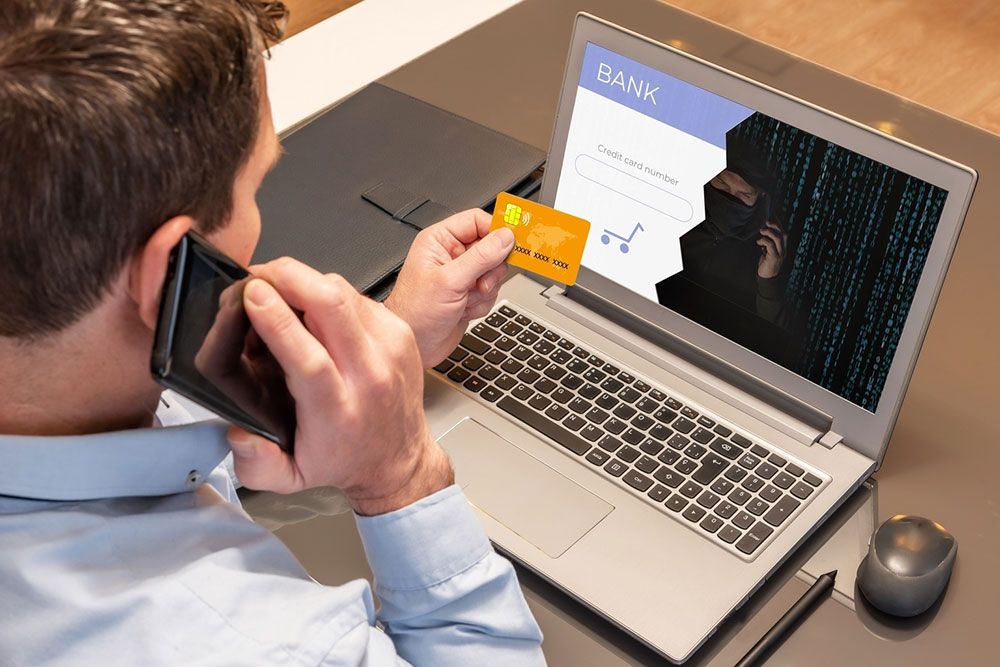A brief guide to credit card hardship programs

Emergencies like losing a job, sudden medical expenses, or financial setbacks can often cause or increase debt and also make it difficult to keep up with debt repayment. Credit cards are one of the most common sources of debt in the country. Fortunately, there are ways in which one can avoid defaulting on their credit cards, especially when dealing with sudden yet temporary financial difficulties. One such option is a credit card hardship program.
What are credit card financial hardship programs?
A credit card hardship program is an option offered by credit card issuers and banks to customers facing financial difficulties, providing them temporary relief. If, due to certain circumstances, the customers find themselves unable to make even minimum monthly credit card bill payments, they can seek assistance from their lender through these programs. The bank or lender can arrange for these cardholders to make reduced payments toward their existing credit card debt.
Features
A financial hardship program can help provide monetary relief in several ways, the exact benefit varying from lender to lender. But a credit card hardship program typically has one or more of the following features:
1. Reduction in the monthly payment amount
One of the most common ways lenders offer financial relief to their customers is by temporarily reducing the minimum monthly payment on their credit cards.
2. Pausing monthly payments
Some programs offer a temporary suspension of monthly credit card payments to their customers.
3. Lower interest rates
One may also be offered lower interest rates on their credit card payments for a temporary period. They may even be offered a complete suspension of interest charges for a specific period, anywhere between six to 24 months.
4. Waiver of late fees
If a cardholder has accrued penalties and charges for making late payments, credit card companies can waive those penalties under their financial hardship program. This feature is especially useful for those who might have been facing financial difficulties for a while now, making them miss credit card payments.
5. Extended due dates
One can also get an extension on the due date for making credit card payments from the card issuer.
Qualification requirements
Credit card hardship programs can be extremely beneficial for those who are in serious financial difficulties due to unforeseen circumstances, like loss of a job, unexpected medical emergencies, losses due to a natural disaster, pay cuts, or divorce. Such situations can be a source of financial burden, preventing one from making credit card payments. When that happens, one can immediately contact their credit card company or bank and discuss their situation. The credit card company will ask one to share certain details to check if they qualify for the program and also ask one to fulfill a few requirements to get started. The requirements include:
1. Ability to provide documentation
First, a credit card holder may be required to present documents to the credit card company that substantiate their financial difficulties. This includes pay stubs, medical bills, divorce papers, or a letter of termination.
2. Good payment history
If a credit cardholder has had a good payment and credit history prior to the financial emergency, i.e., they have paid credit card bills on time in the past, they may have a better chance of getting assistance from the credit card company via financial hardship programs.
3. Consultation with a credit counselor
A lot of credit card companies also require cardholders to consult a credit counselor to qualify for the financial hardship program. Some institutions may also ask cardholders dealing with financial difficulties to enroll in a debt management program as well.
It is important to note that the qualification requirements can vary from institution to institution. So, before signing up for the financial hardship program, one must carefully go through all the terms and conditions and address all their concerns to avoid unwanted surprises.
Things to know before enrolling in the program
1. Credit card accounts can be frozen
It is important to note that in some cases, the credit card company may temporarily freeze the cardholder’s account as long as they are enrolled in the hardship program.
2. Interest may continue to accrue
In some cases, the credit card company may continue to charge interest on the card payments even as one is enrolled in the program. So, one should have a strong interest payment plan in place once the program ends.
3. Review finances beforehand
Before one signs up for a credit card hardship program, one should review their finances and check if they can still make a few monthly credit card payments before they need to pause the payment cycle.
4. Quick action can help
As soon as one realizes they will not be able to make monthly payments in the near future, they should reach out to the card issuer and seek assistance. One should ideally take this step before they miss a bill payment. This is because the company may provide better assistance if one acts quickly than if one reaches out after they miss a payment. Also, missing a payment affects the credit score, so being proactive here can help one avoid this outcome.









